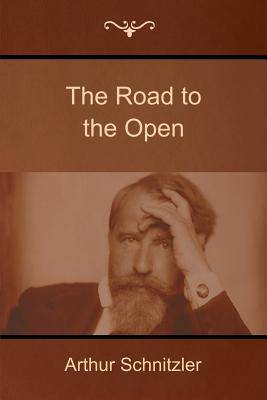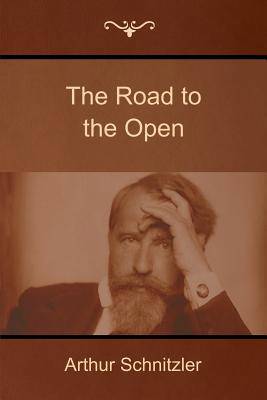
Je cadeautjes zeker op tijd in huis hebben voor de feestdagen? Kom langs in onze winkels en vind het perfecte geschenk!
- Afhalen na 1 uur in een winkel met voorraad
- Gratis thuislevering in België vanaf € 30
- Ruim aanbod met 7 miljoen producten
Je cadeautjes zeker op tijd in huis hebben voor de feestdagen? Kom langs in onze winkels en vind het perfecte geschenk!
- Afhalen na 1 uur in een winkel met voorraad
- Gratis thuislevering in België vanaf € 30
- Ruim aanbod met 7 miljoen producten
Zoeken
Omschrijving
Der Weg ins Freie (translated as "The Way into the Open" and most often "The Road into the Open") was published by Arthur Schnitzler in 1908 and is one of only two novels (the other being Therese) by this Viennese author {1862-1931) better known for his short stories and plays (including Reigen - "Round Dance" - known to most English-speaking readers as La Ronde.) The principal character of Der Weg ins Freie is the aristocratic young composer Georg von Wergenthin-Recco who has talent but lacks the drive to get down to work, and spends most of his time socializing with members of the assimilationist, artistically sensitive Jewish bourgeoisie of Vienna and other non-Jews like himself who enjoy their company. The plot centers on his ultimately unhappy affair with a Catholic lower middle class girl named Anna Rosner. The novel's reputation rests not on the story of this affair, however, but Schnitzler's brilliant description - based on first-hand acquaintance - of the milieu he describes and the topics that interest it, including the arts, the psychology of love, and the anti-semitism that was coming to dominate so much of life and politics in the Austria-Hungary of the time. (wikipedia.org)
Specificaties
Betrokkenen
- Auteur(s):
- Vertaler(s):
- Uitgeverij:
Inhoud
- Aantal bladzijden:
- 254
- Taal:
- Engels
Eigenschappen
- Productcode (EAN):
- 9781618952011
- Verschijningsdatum:
- 16/01/2016
- Uitvoering:
- Paperback
- Formaat:
- Trade paperback (VS)
- Afmetingen:
- 152 mm x 229 mm
- Gewicht:
- 376 g

Alleen bij Standaard Boekhandel
+ 54 punten op je klantenkaart van Standaard Boekhandel
Beoordelingen
We publiceren alleen reviews die voldoen aan de voorwaarden voor reviews. Bekijk onze voorwaarden voor reviews.









